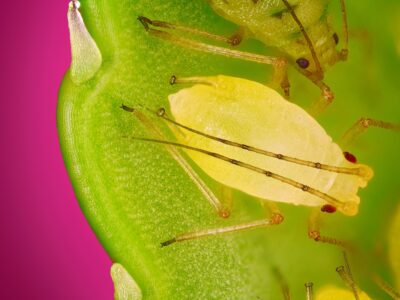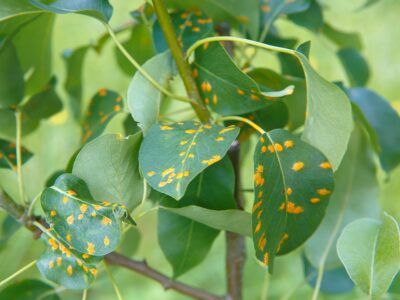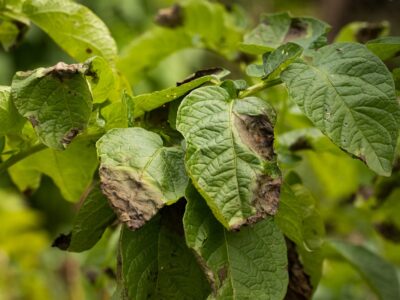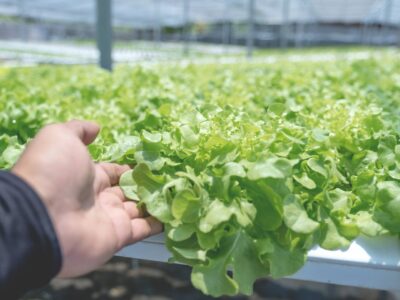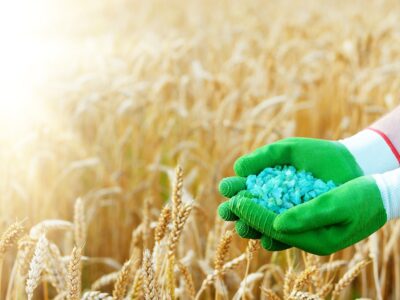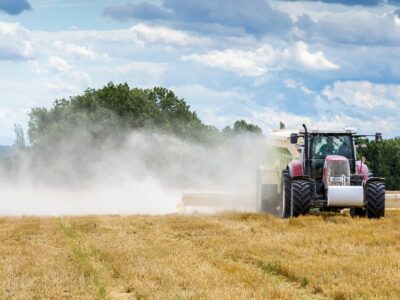8 Beneficial Insects that Will Actually Help Your Plants
Although gardening is remarkably fun and healthy, it can also get a bit frustrating at times, especially when pests decide to make... Read More
Aluminum toxicity in plants
Aluminum is a metallic element with a valency of +3. It is the third most abundant element in earth’s crust. Despite the... Read More
How to identify and control aphids
Aphids are a common pest of ornamentals, fruit trees and vegetables. Once spread, they may cause massive losses and transmit plant viruses.... Read More
Are drones the future of agriculture?
Using drones is not as new concept as you may think. In fact, the first drones date back to the first world... Read More
Rust diseases – causes, symptoms, and treatment
Rust diseases are common plant fungal diseases, belonging to the order Pucciniales. They have a significant economic impact in several key crops.... Read More
Potato blight
Late blight is a destructive disease that primarily infects potatoes and tomatoes, but also other members of the Solanaceae family. The causative... Read More
Hydroponic systems
Hydroponics is a growing method in which plants are grown in a mineral nutrient solution, with or without the use of a... Read More
Slow and controlled-release fertilizers
Slow-release (SRF) and controlled-release fertilizers (CRF) are compounds designed to supply the crop with nutrients, in a rate that meets its nutrient... Read More
Understanding the units on the soil test report
Soil labs may report soil test results in different units. Often, growers may find this confusing, as their interpretation criteria they have... Read More
How to raise soil pH
Soil acidity is a major cause of reduced yields. Toxicity of micronutrients such as manganese, iron and aluminum may occur, while nutrients... Read More



